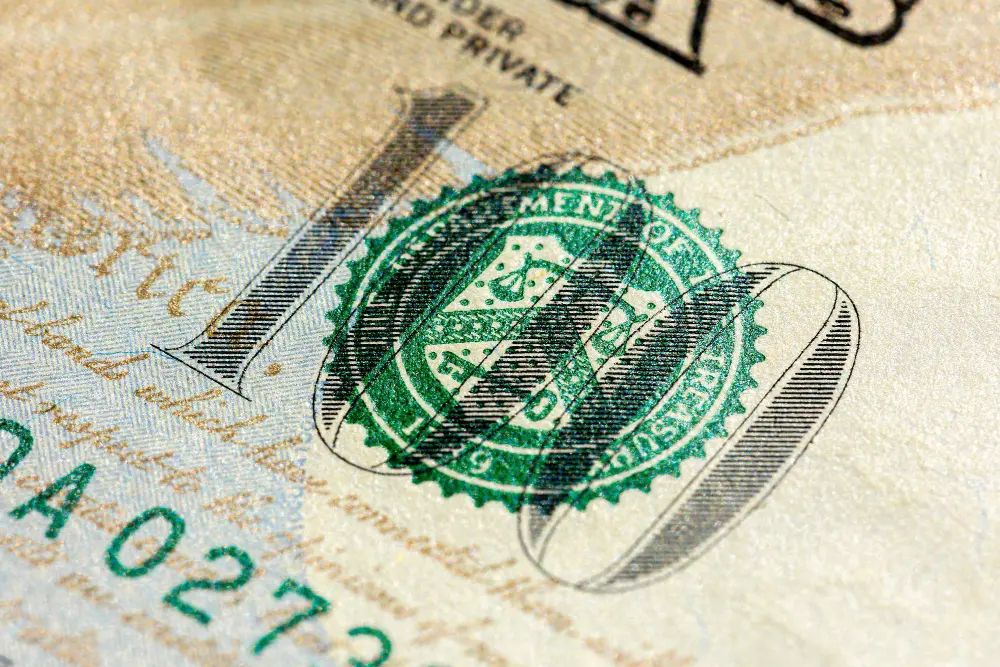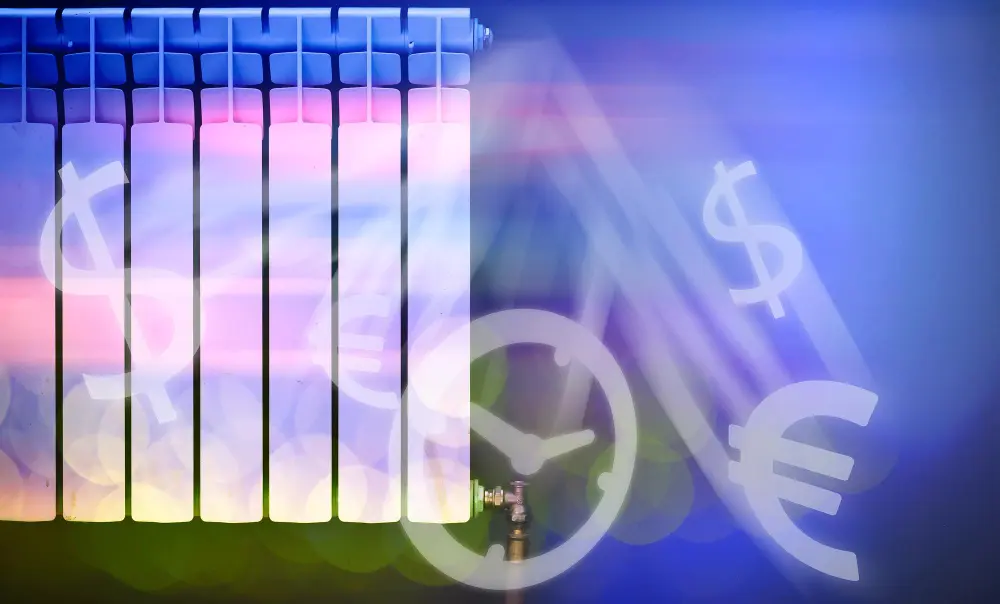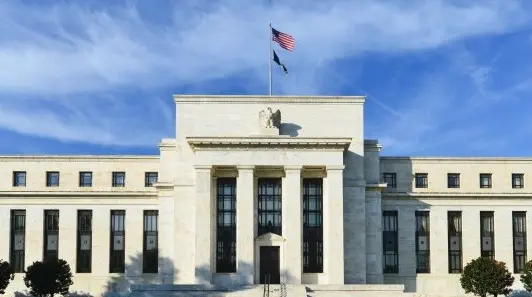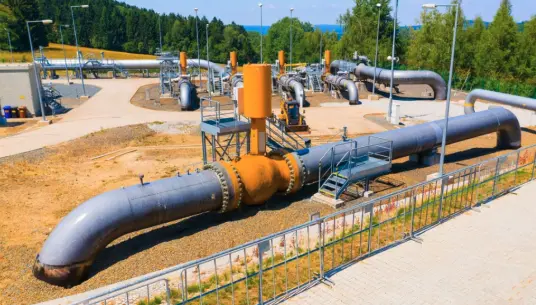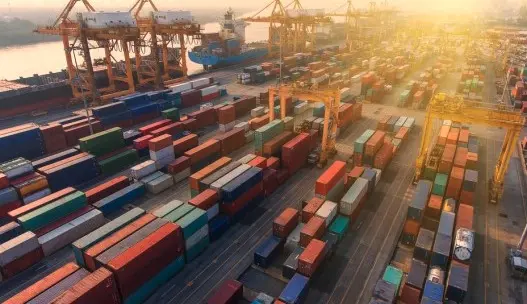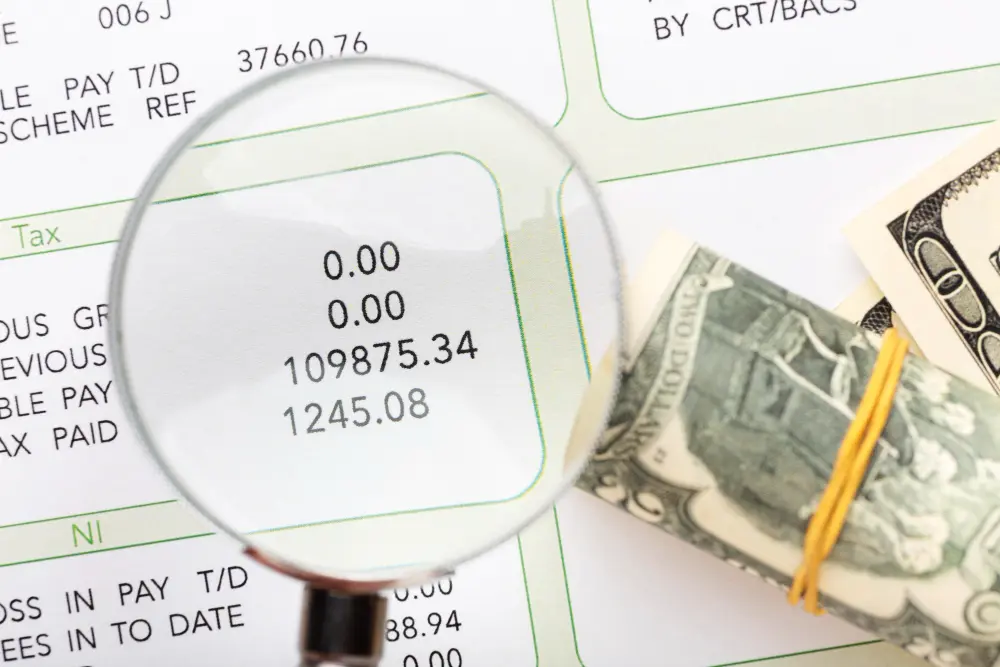What's happening in markets?
APAC equities push up as risk sentiment improves with China tariffs being potentially scrapped
While APAC markets had no US markets leads to follow (they were closed for US independence day holiday) APAC markets took their leads from Europe’s Stoxx 50 rising, buoyed by gains in energy stocks after the Oil WTI price rose 2.5%. and European Gas prices rose to a 4-month high. That saw TotalEnergies (TTE), and Eni SPA (ENI IM) rise 4.6% and 2.4% respectively, leading other energy and commodity names higher. The second reason APC sentiment is upbeat today is that President Biden focused on the inflation agenda ahead of the midterms, and now discussing potentially scrapping some China tariffs in a bide to cool inflation woes. Despite any detailed plans markets reacted positively. Also helping was that China’s improved services PMI print boosted sentiment, taking the focus away from recession concerns for now. Australia’s ASX200 (ASXSP200.1) trades 0.13% higher, Japan’s Nikkei (NI225.I) was nearly 1% as semiconductor stocks were pushed higher on tariffs news. Singapore’s STI (ES3) was however still in red, down about 0.25%.
Chinese equities bounce on the prospect of easing on US tariffs and better than expected Caixin Service PMI
Stocks traded on the Hong Kong and mainland China bourses got a lift form the WSJ report on President Biden’s inclination to reach a decision to relax some tariff on goods form China as early as this week. inclining to come to a decision to ease tariffs on goods from China set a positive tone before HK/China open. It was also reported that China’s Vice Premier Liu He had a video call conversation with U.S. Treasury Secretary Janet Yellen on the global economy, global supply chains and U.S. tariff on Chinese goods. Helping the sentiment further, Caixin Services PMI, came at a much better than expected reading of 54.5 for June (vs Bloomberg consensus: 49.6; May: 41.4), returning to expansionary territory. The risk of resurgence of Covid-19 cases however continued to hang over sentiment. For July 4, 335 cases of locally transmitted cases were reported in mainland China. Hang Seng Index (HSI.I) was up as nearly 1% and CSI300 (000300.I) gained modestly as of writing.
Crude oil gains reflect the energy market fundamentals
The energy market has been relatively stable despite the buildup of recession fears, highlighting the true state of supply shortages which cannot be offset by possible demand destruction. WTI crude is back above $110/barrel, up over 2.5% in Asia amid an improved risk sentiment, and Brent crude is up at $114/barrel. While near-term pressures are still likely as markets fear a recession, but tight supplies will likely keep prices pressured higher in the medium term.
AUDUSD continues to move up off 2-year lows ahead of RBA rate hike; which could be a 0.75% hike, the biggest rise since 1994
The commodity currency AUD is rising 0.3% today ahead of the RBA’s decision with a 0.5% rate hike widely expected. Our view is the rates could rise by 0.75%, which will mark the biggest hike since 1994, and take the cash rate to 1.6% in an attempt to curb inflation and cool growth. We know higher food, fuel and utility prices are likely to continue to swell and wage growth is expected to mount. What’s next for AUDUSD? If the RBA hikes by more than 0.5% the AUD could rally up from 0.6888 US, (its two day high), to the next level of resistance 0.69687. However, If the RBA disappoints, and only hikes by 0.25% the AUD may see weakness, and be pressured back to 0.6816. If that level breaks, the next level support the AUDUSD is 0.6500.
USDJPY breached 136 again as yields back in play
President Biden’s announcement on possible relaxation of China tariffs helped take the focus off recession concerns and risk sentiment improved. US Treasury yields pushed higher with 10-year back to 2.95% and 2-yaer up at 2.92%. This weighed on the yen as well, and USDJPY surged back higher above 136, getting back in close sight of 137 which has been tough to penetrate so far. US Treasury Secretary Janet Yellen will be in Japan next week, there remains a possibility for discussion on currency intervention. Still, looking at the path of US inflation ahead of the midterm elections, it is hard to believe that option being taken up in a coordinated manner.
EURUSD still poised to test 1.0350
EURUSD has been stable around the 1.0440 area. However, Germany’s first trade deficit since 1991 highlights the scale of the headwinds faced by the Eurozone in general. Given the nature of Germany’s exports which are commodity-price sensitive, it remains hard to imagine that the trade balance could improve significantly from here in the next few months given the expected slowdown in the Eurozone economy. Meanwhile, high energy prices will still continue to take a toll on the trade balance as well, and possibly dampen the sentiment on EUR. EURUSD is likely to find it tough to go above 1.0500 in a sustained manner, and focus is therefore on the 1.0350 support.
What to consider?
The RBA has room to be more hawkish/aggressive and could rise rates to 4% this year? Here's our take and the reasons why;
- Firstly Commodity prices are not slowing down; the oil price rose 4.3% since the RBA’s last meeting, it’s up 43% YTD and remains supported due to specific supply issues. Coal prices are prices is up 3.3% MoM (up 151% YTD) and are supported higher as coal demand rises and supply remains thin.
- Secondly, the Australian property market has shown solid signs of life and property prices like oil/coal are a key component on CPI. Data released yesterday showed home loans and building permits rose far more than expected MoM, despite rates rising.
- Thirdly, The Aussie job market has never been so strong; yesterday’s job ads data showed jobs are rising more than expected, and rose 1.4% in June. Meanwhile, job vacancies are at a record low, with 1.1 unemployed people in Australia for every job ad.
- And fourthly, wages are growing at record pace, while the minimum wage increased. All in all the futures tell us rates could sit at 3.2% at year end, but we think rates could be closer to 4%, given the RBA is so far behind the curve.
Japan earnings highlight the missing wage inflation feedback loop
Japan’s labor cash earnings were up only 1% y/y against expectations of 1.5% y/y, with real cash earnings down 1.8% y/y.
That means the inflation pressures we have been seeing lately are not creating a feedback cycle to wages, and consumption will likely remain subdued. This gives more reasons to Mr. Kuroda to justify the accommodative policy for the Bank of Japan which is a complete divergence to the global tightening regime we are in currently.
South Korea’s inflation spike sends a chilling reminder to the region
South Korea’s headline CPI for June came out at 6% y/y from 5.4% y/y in May. This was the fastest pace since November 1998, despite subsidies and price caps, suggesting that more outsized rate hikes are possibly coming to Asia as well. Bank of Korea’s rate decision is due July 14, and the bank may need to consider a 50bps rate hike to 2.25% to fight inflation pressures after five hikes of 25bps each have been announced so far. While growth still remains strong in the region, aggressive tightening would mean some slowdown is likely in the months ahead.
Germany reported its first monthly trade deficit since 1991 and plans a law for takeover of gas supply firms.
In May the deficit reached €1bn. This is not surprising. Export-oriented economies suffer from the rise in the price of imported goods. On top of that, the economic outlook weighs on the demand for exported goods thus generating a negative effect on growth. This is not worrying, at that stage. Secondly, consider... the Germany government is said to now creating the legal basis for taking over energy companies. The draft is said to have already been agreed with the factions of the traffic light coalition. This officially aims to regulate financial aid up to and including a state entry in order to be able to avert the bankruptcy of a gas supplier. Germany is facing a tough time. The country’s natural gas storage occupancy is rather low compared to other European countries, at 62% against 97%
for Portugal, for instance. If the next winter is very cold, expect supply issues in Germany and certainly in many other European countries to worsen.
Potential trading and investing ideas to consider
Australia braces record cold temps, coal stocks move up of fresh slows
With Coal Futures in Newcastle prices rising an anticipation of the demand/supply situation worsening and likely to deteriorate in the future; Australian coal stocks are once again forming signals of a pick up. Australia’s winter electricity demands are rising and are likely to increase as record low July temps rise could fall again. All while, Australia’s biggest source of energy, coal, remains in tight supply. As such coal giants like Whitehaven Coal (WHC) and New Hope Coal (NHC) and Coronado Global (CRN) have all rallied up off their three day lows. These stocks are also some of the best performers this year. That being said, the coal giant Whitehaven Coal (WHC) is trading 11% lower than it’s record high. The technical indicators look interesting and suggest the WHC rally could continue up from the June 29 low.
____
For a weekly look at what traders and investors are watching - tune into our
Spotlight.
